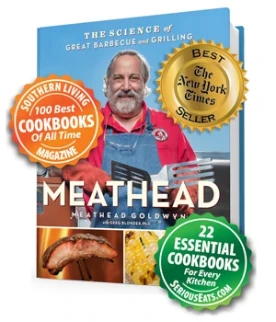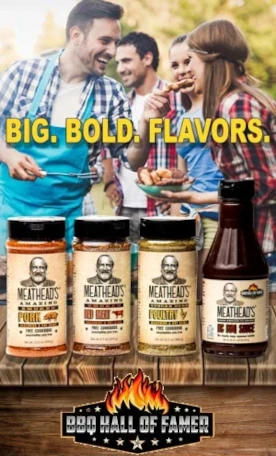It has been proven by Dr. Blonder that using vacuum does not aid in flavor penetration of the meat surface of large molecules like sugar. Using dye tests.
I think that I figured out where the lore came from.
In commercial operation, making formed meat products like ham and other meat that there was color loss of the meat in a vacuum tumbler. These meats are cubed and not ground.
The loss of color was due to oxygen in air was not reacting with the meat surface.
Using a vacuum tumbler reduced color loss but created a problem due to reduced oxygen. Sodium Nitrite did not react in the cure. Ascorbic acid (vitamin C) was added to the cure to force the Sodium Nitrite to produce more Nitric Oxide.
Someone at home misinterpreted the process thinking penetration not color.
Vacuum sealer companies didn't help with selling vacuum marinade units but added to sales.
This leads me reconsider sealed vacuum bags with cure like Cured Corned Beef Brisket? Sous Vide also?
Without air, the Cure #1 will not react to Nitrite Oxide. This might lead to high Sodium Nitrite in the meat even when cooking. This would still lead to the pink color due to cooking heat.
Is my theory correct?
Thanks,
Chris
I think that I figured out where the lore came from.
In commercial operation, making formed meat products like ham and other meat that there was color loss of the meat in a vacuum tumbler. These meats are cubed and not ground.
The loss of color was due to oxygen in air was not reacting with the meat surface.
Using a vacuum tumbler reduced color loss but created a problem due to reduced oxygen. Sodium Nitrite did not react in the cure. Ascorbic acid (vitamin C) was added to the cure to force the Sodium Nitrite to produce more Nitric Oxide.
Someone at home misinterpreted the process thinking penetration not color.
Vacuum sealer companies didn't help with selling vacuum marinade units but added to sales.
This leads me reconsider sealed vacuum bags with cure like Cured Corned Beef Brisket? Sous Vide also?
Without air, the Cure #1 will not react to Nitrite Oxide. This might lead to high Sodium Nitrite in the meat even when cooking. This would still lead to the pink color due to cooking heat.
Is my theory correct?
Thanks,
Chris












Comment